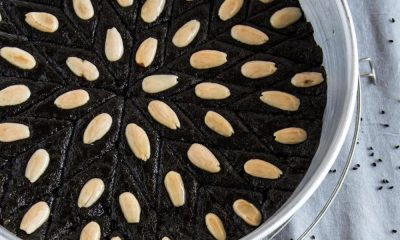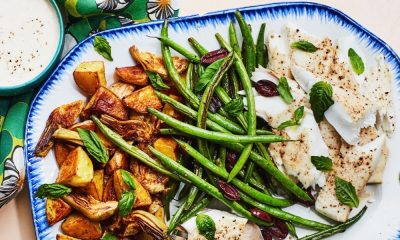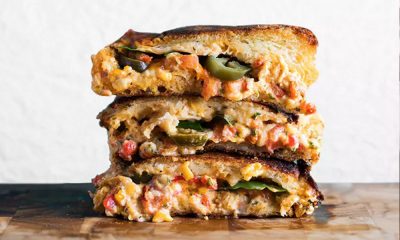Coffee and cocoa share many similarities and seem to possess a unique familial relationship, but is that really the case? They are both farmed by indigenous people in similar parts of the world. Coffee (Arabica beans) grows in high altitudes while cocoa grows in lower altitudes. Both grow on trees in shade with a life span of about 25 years. The work is labor intensive and dangerous for low pay. They are both subject to the prices of middlemen unless farmers form cooperatives for fair trade. Fair trade is a certification that ensures a livable market price plus a small premium used for education, healthcare, improved farming techniques, and safety in the farming community while preventing child labor.
Cocoa and coffee are produced from a bean. Coffee needs to be separated from the fruit or pulp, while cocoa grows inside the fruit in pods. There is a washing separation process in both and the beans need to be roasted to be usable and tasty. The process of converting roasted cocoa beans to chocolate is a far longer complex process than converting roasted coffee beans to a brewed cup. The raw beans are sold on the same commodity exchange to determine the market price for the wholesaler, and consumer.
Cocoa can also be brewed and the beans stay fresher longer than coffee. It may also have a stimulant effect without the caffeine that coffee has. The taste is obviously different but both contain caffeine and acid with coffee possessing far more of both. Some believe that cocoa is a healthier alternative to coffee as a beverage of choice.
They also have a similar history first becoming popular in England and starting out as a beverage in the case of cocoa or chocolate. Coffee replaced chocolate as the most popular beverage in England and both competed for popularity in coffee and chocolate houses in the 1700s.
The end products are considered a luxury for the consumer. The proof being that the greater the economic development of the country, the more consumption of both coffee and chocolate. They are both considered a treat worthy of gift giving. The farmers of these luxuries rarely enjoy their own products. Most cocoa farmers in the Ivory Coast and Ghana have never tasted chocolate.
Although cocoa and coffee share similarities agriculturally, culturally, and socioeconomically, they are separate biologically unrelated plants. Their end users have many similarities with higher consumption in more affluent areas of the world. The resulting products are related in the sense that they are considered a sign of affluence produced by farmers who maintain minimal living standards.
Fair trade plays a strong role in both crops with coffee far ahead of cocoa in that area. Increased fair trade in these industries will ensure sustainability for the supply and growth of these popular luxuries. Consumers can contribute by seeking and buying products that are fair trade certified. They can feel good about buying their favorite treats while doing good. The farmers may eventually enjoy the fruits of their labor.


















